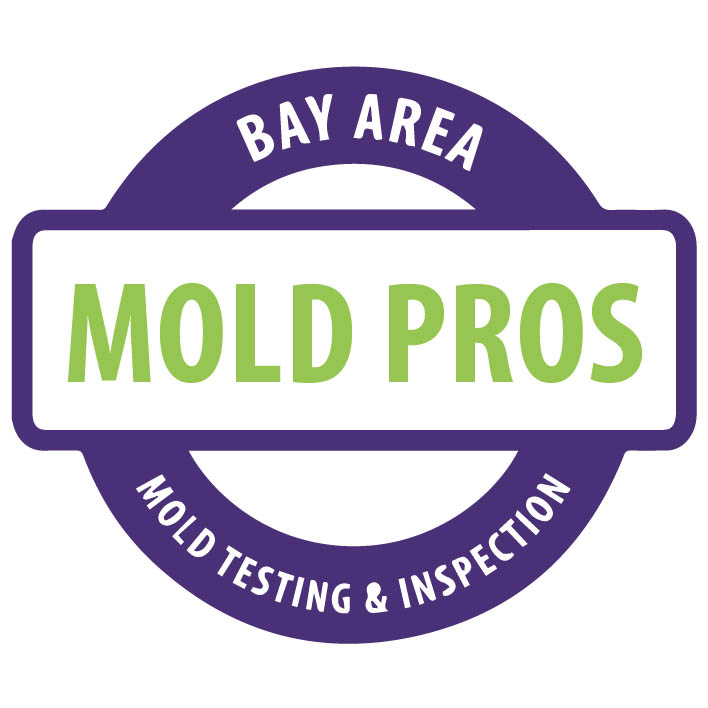In 1936, during the depths of the Great Depression, my grandmother received a small inheritance after a relative had passed away, and she bought a brand new home in the Mission Terrace neighborhood of San Francisco. The purchase price was $5,000, and the home has remained in our family for the ensuing 84 years. Like almost all homes built in San Francisco during the first half of the twentieth century, the entire ground floor of the home was an unfinished basement / garage. We recently decided to do some work in this large unfinished space, and I had to add a small “footing” in order to move one of the original structural posts.
I removed a section of the original concrete slab, about 10 square feet of surface area, and then excavated the soil beneath the slab in order to place some structural steel there for the new footing. While performing the excavation, I was a bit surprised at how wet the soil was beneath the concrete slab. This home, like most San Francisco homes, is a “zero property clearance home,” meaning that it abuts the homes on either side of it. This might lead some to believe that there was no way for groundwater to make its way under this home, but there it was, just a few inches below the slab. It is likely that this ground has been damp for the entire time that this home has been here…all 84 years since its construction!
Now that I spend much more time looking for mold than I do building homes, I find that most of the homes that I inspect around the San Francisco Bay Area have groundwater issues, and this groundwater can lead to both elevated humidity, and the direct transfer of water into the living space above concrete slabs and crawl spaces. And this water and humidity often result in mold growth.
During my mold inspections of homes that are located throughout the San Francisco Bay Area, I use a variety of moisture meters and humidity sensors in an effort to locate water. In crawl spaces and garages, the most obvious indication of ground water issues is the white powder that appears on concrete that has been saturated with water, which is called efflorescence. This white powder is the residue of the salt and minerals that are left on the surface of the concrete after it has dried out. It isn’t often that I get to see an actual excavation in one of these old city homes, as I recently did in our old family home, but if I did, it’s very likely that I would find water-saturated soil, a problem for homes found all across the San Francisco Bay Area!
